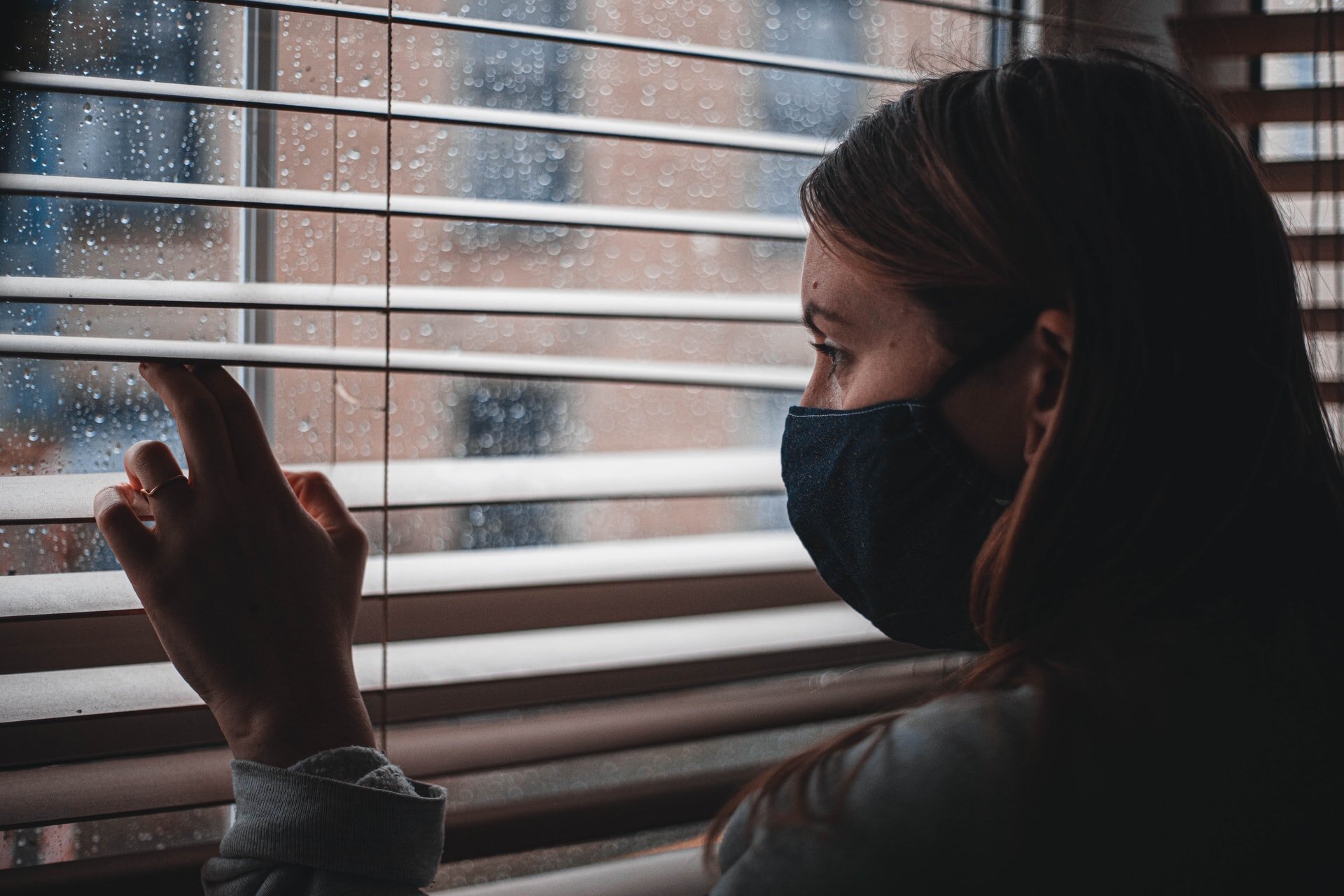Why Going Back to “Normal” Isn’t Easy
Take our survey below to see how you and others are feeling one year into this pandemic.
As we approach the one-year mark of living with COVID-19 in the United States, many of us are reflecting back on the year.
Countless things have changed as a result of COVID-19. Our careers, relationships, and habits might all look different. For most of us, the change wasn’t easy. Change itself isn’t easy, even when we change “back to normal.”
Currently, most states are reporting a decline in COVID-19 numbers. We also now have three different vaccines available. More and more of us are getting vaccinated.
These things are all great and are steps in the right direction to “normal.” However, many of us are feeling anxious about going back to “normal.”
Why You Feel Anxious About Going Back to Normal
I have dreamed about going back to normal for the past year. I think most of us have imagined what it will be like when we don’t have to wear masks and can go out without hesitation. We fantasize about the day we could see who we want to see and do what we want to do. Yet as we approach closer to “normal,” we feel anxious.
Why is it, even after getting vaccinated, I still question if I can see a friend or a family member who is also vaccinated? Why do I question if I should go to the store and ultimately decide to order online? Why is it so hard to go back to normal?
Hypervigilance: the state of being highly or abnormally alert to potential danger or threat.
We all have had prolonged exposure to a horrible situation that – for some of us – has resulted in symptoms of post-traumatic stress disorder (PTSD). Many of us are hypervigilant.
It really makes sense. Parts of us want to make sure we are safe and protected. These parts are trying to do their jobs and keep us on alert. Similar to natural disasters, COVID-19 has impacted our internal alarm systems to go off more frequently or easily.
Practice Mindfulness to Calm Anxiety
We all are unique and need different things. Right now, we need to listen to our parts to better help provide what they need. Mindfulness practice can help us understand what those parts need, as well as it can help relax those parts.
Mindfulness practice can help us feel more grounded. Purposely focusing on the moment, focusing on our senses (what we see, feel, hear, smell, & taste) helps lower our internal alarm system. Mindfulness helps to reassure the hypervigilant parts that we are safe.
Mindful breathing or paced breathing can also help activate our parasympathetic nervous system, the physiological system for decreasing arousal. We focus on slowing down the pace of our inhales and exhales (around five or six breath cycles per minute) and breathe deeply from our abdomen. Breathing out should be slower than breathing in (for example, four seconds in and six seconds out).
Mindful breathing can be effective in as little as five minutes and is something we can do anytime and anywhere. (We have other helpful mindfulness activities here.)
Sometimes our hypervigilant parts need more than mindfulness practice. Internal Family Systems (IFS) therapy is a great opportunity to work with those parts and help provide what they need to relax/unblend.
Getting Back to Normal Isn’t Easy
Going back to normal isn’t easy. We all are at different parts of the journey, and that’s ok. Letting go of “shoulds” is the first step, so we don’t “should all over ourselves.” (I’m a new dad, so I had to throw in a bad dad joke.)
Hopefully this post can be a starting point for more discussion with friends, family, or a great therapist at Kimberly Keiser & Associates.
Below are some questions many of us have thought and felt about getting back to normal. Share your own thoughts and feelings with this transition below in our survey and see what others have said, too.
Get More Help
If you are experiencing increased physiological disruption, anxiety, depression, or other medically unexplained symptoms, psychotherapy can be very helpful during this time.
We also have more resources for you to help stay calm and regulated in our pandemic resource hub, or check out the COVID-19 resource center from Integrated Listening Systems.


